Nuts are an indispensable snack during Tet. Although they are very healthy, if you do not know how to eat them properly, they can easily cause weight gain. So how should we eat nuts?
1. Choose low-calorie nuts
All nuts have nutritional benefits such as fiber, plant protein and healthy fats making them a filling and nutritious snack. However, calories can be a concern. Nuts are a richer source of fat than many other foods but the types of fat they contain are heart-healthy, so by controlling your portion sizes you can enjoy nuts every day without going overboard.
According to nutritional studies, walnuts and macadamias are the nuts with the highest calorie density. This is mainly because they contain a lot of fat.
However, the fatty acids found in walnuts and macadamias are monounsaturated or polyunsaturated fatty acids. These fatty acids are very important, good for the body and bring many benefits to the cardiovascular system.
Some nuts that are low in calorie density are cashews, peanuts, and pistachios. This is mainly because these nuts contain less fat than other nuts. Pistachios are low in calories and have the highest concentration of antioxidants. Therefore, if you are particularly concerned about your portion size and calorie intake, you should choose cashews, peanuts, and pistachios.
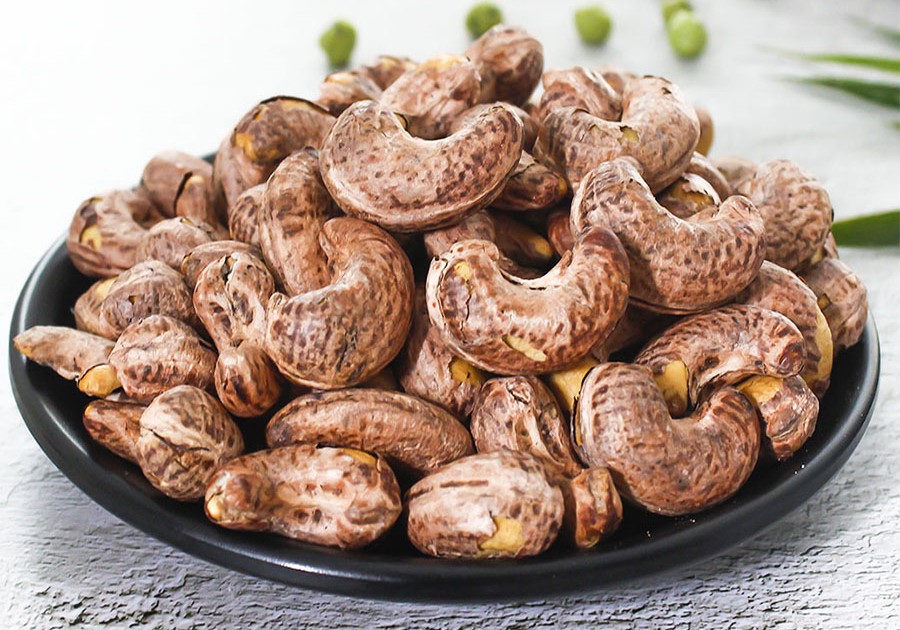
Choose cashews that are low in calories.
2. Choose raw seeds without added salt and sugar
Nuts are often roasted with added fat or seasoned with salt and sugar. However, you will get the best nutritional value and help control your weight most effectively when choosing raw nuts (also known as nuts in their purest form). For people with diabetes, choose nuts without added seasonings such as salt and sugar.
3. Choose good quality seeds
Nuts on the market are usually roasted, dried and canned. However, if you use expired products or products that are not properly preserved during the humid weather of Tet, they are susceptible to mold that produces aflatoxin, causing poisoning.
Therefore, we should choose nuts that ensure good quality, should not use expired nuts or nuts that are not properly preserved according to the manufacturer's instructions. When eating, if you find that the color or taste of the product has unusual signs, you should throw it away.
4. A handful of nuts is enough.
According to Dr. Tran Thi Bich Nga, a nutrition specialist, eating nuts helps us feel full for a long time, so it will limit frequent snacking, thereby helping to lose weight. However, it is also necessary to eat properly, only eat moderate amounts, a handful of nuts for each snack is enough, eating too much will cause weight gain.
5. Refer to the nutritional content of some nuts that help with weight loss
Almond
One serving of almonds (about 23 raw nuts) contains the following nutrients:
- Calories: 164
- Protein: 6 g
- Total carbohydrates: 6 g
- Total fat: 14 g
- Fiber: 3.5 g
- Sugar: 1 g
- Magnesium: 18% Daily Value - DV
- Vitamin E: 48% DV
- Manganese: 27% DV
To use almonds most beneficially for weight loss, you should choose raw or dry roasted almonds, unsalted, use natural almond powder made from whole almonds, unsweetened almond milk...
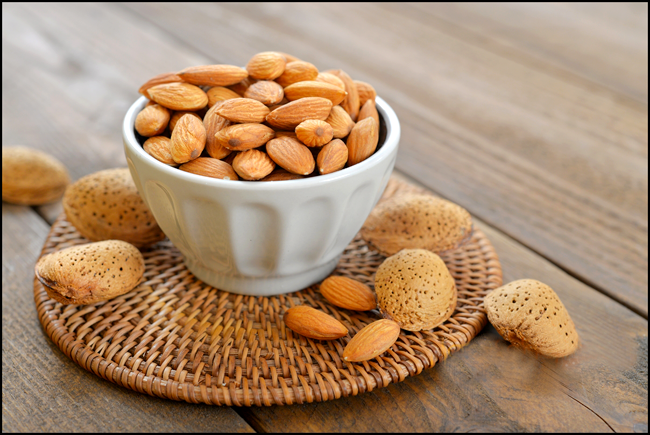
Choose raw almonds.
Peanut
Peanuts are rich in vitamins, minerals, protein, fiber, and antioxidants. These are essential nutrients for the body and help promote weight loss. Thanks to the high fiber content, eating peanuts helps increase the feeling of fullness, reduce cravings, thereby limiting food intake.
The impressive protein content of peanuts is also the reason why we feel full longer when eating them. Protein helps increase metabolism, the body burns calories more effectively. When losing weight, protein helps protect muscle mass, making the body firmer.
100g of raw peanuts contain: 25.8g of protein; 8.5g of fiber and 49.2g of fat, of which only 6.28g is saturated fat, the rest is healthy monounsaturated fat (24.43g) and polyunsaturated fat (15.56g).
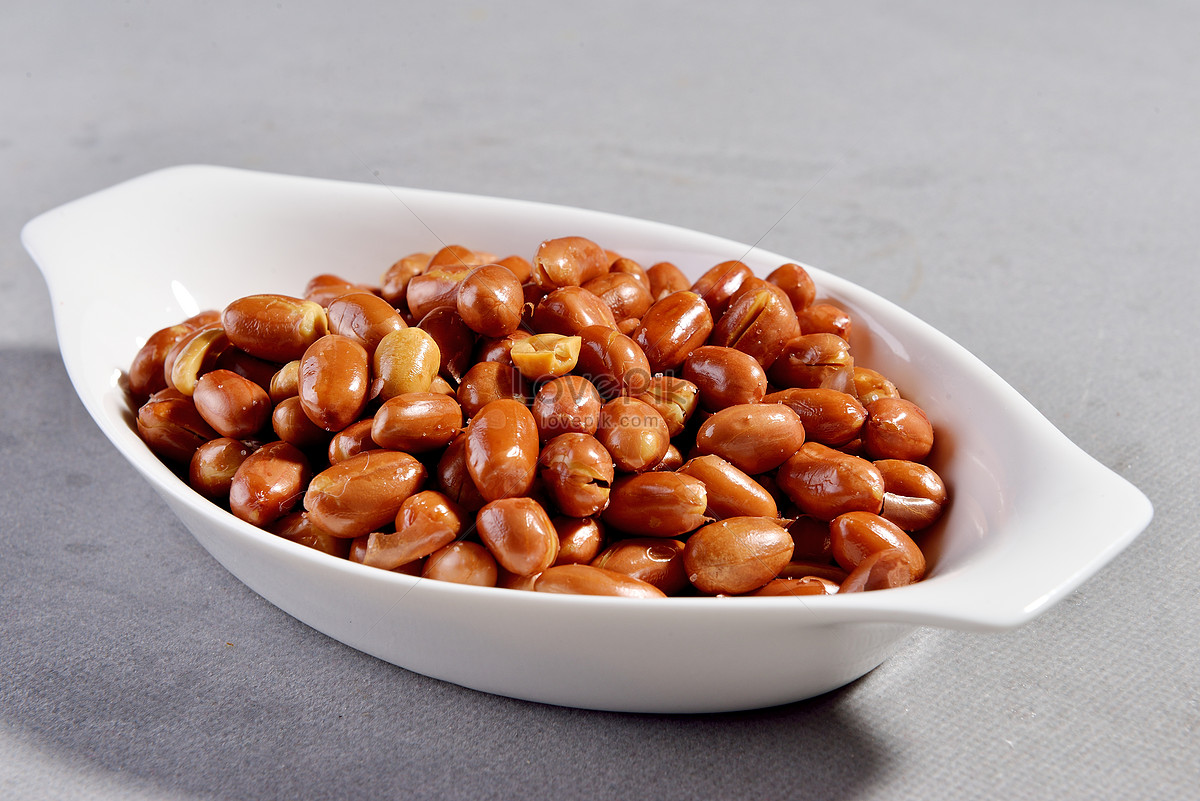
Peanuts are rich in protein and fiber.
Pistachios
Pistachios are rich in beneficial nutrients like healthy fats, protein and fiber, so they are a healthy snack choice that helps keep you full and helps you lose weight.
The fiber in pistachios may also have a positive effect on gut health by promoting the growth of beneficial bacteria, supporting metabolism, and promoting weight loss.
100 g of pistachios contain:
- Calories: 557
- Carbohydrates: 28 g
- Fiber: 10.3 g
- Fat: 44.4 g
- Protein: 20.6 g
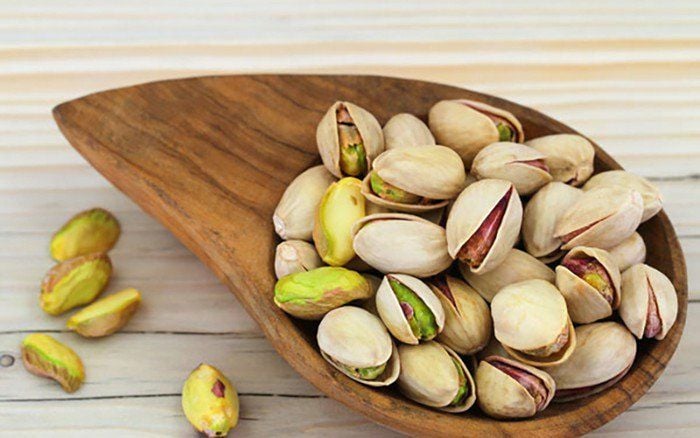
Pistachios help lose weight well.
Pumpkin seeds
Pumpkin seeds are rich in protein, fiber, vitamins, minerals, and unsaturated fats. A 28-gram serving of whole roasted pumpkin seeds contains:
- Calories: 126
- Fat: 5.5g
- Carbohydrates: 15.3g
- Fiber: 5.2g
- Protein: 5.3g
Pumpkin seed protein is a high-quality protein, like soy protein, containing all the essential amino acids the body needs.
The best way to eat pumpkin seeds is to roast them, this way both retains the most nutrients and helps you lose weight. In addition to roasted pumpkin seeds, you can mix pumpkin seed filling with vegetable salad or make delicious pumpkin seed milk.
Source: https://giadinh.suckhoedoisong.vn/bi-quyet-an-cac-loai-hat-ngon-mieng-ma-khong-lo-tang-can-172250126225002445.htm


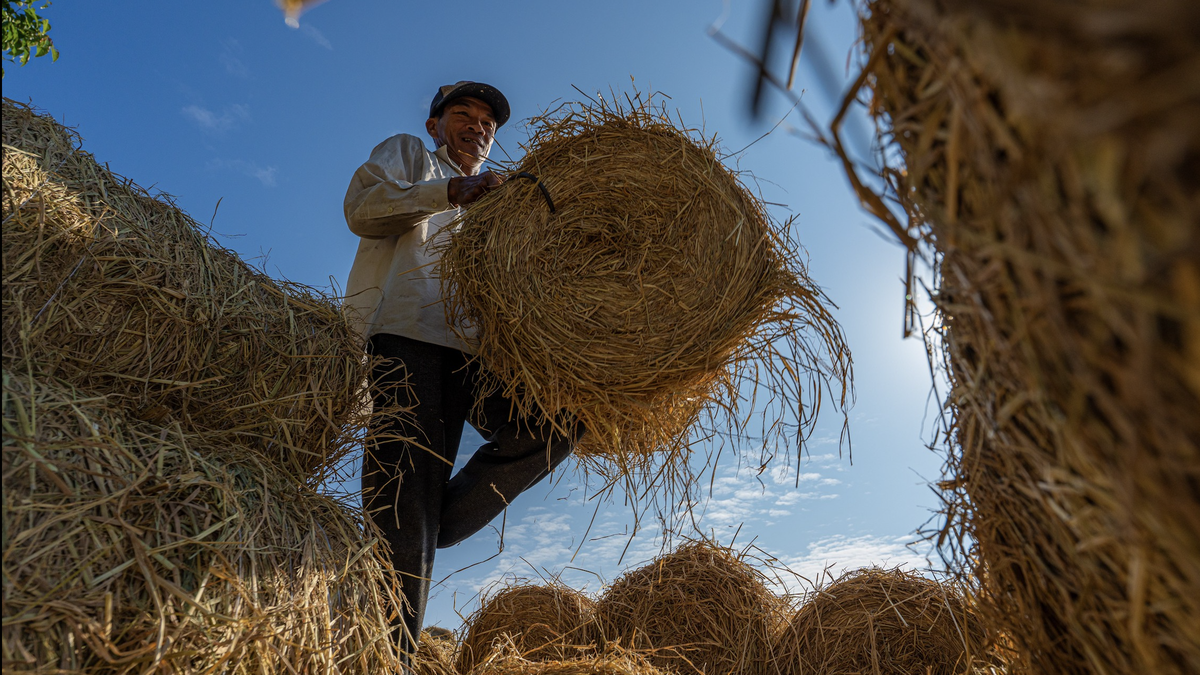




















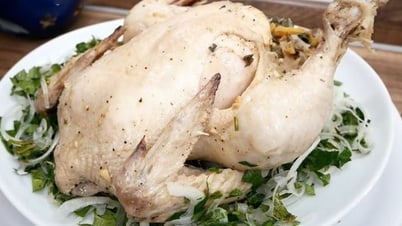
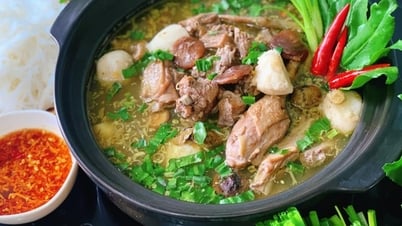
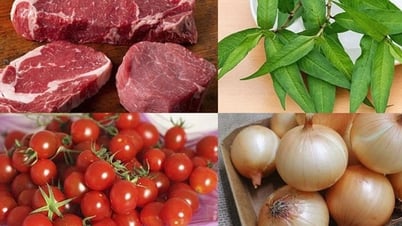
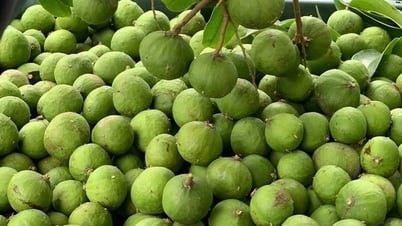


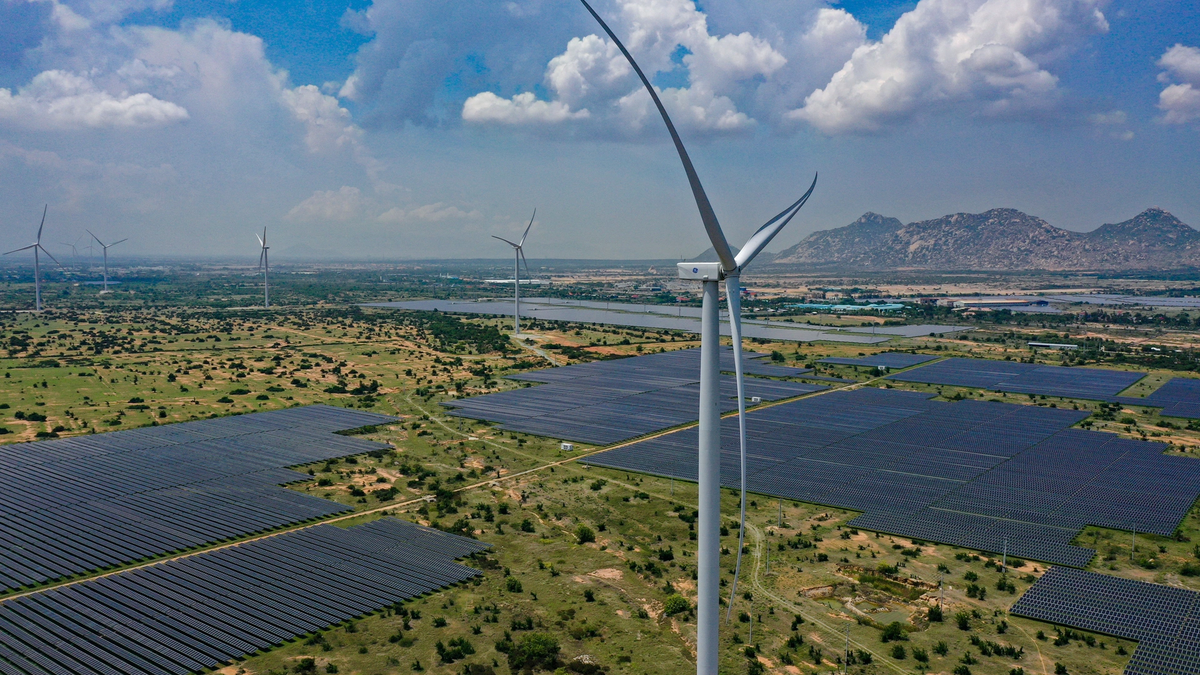










































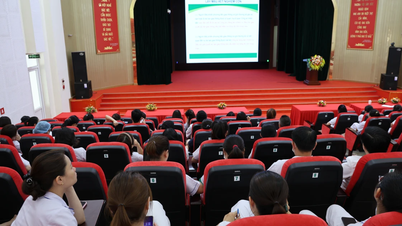













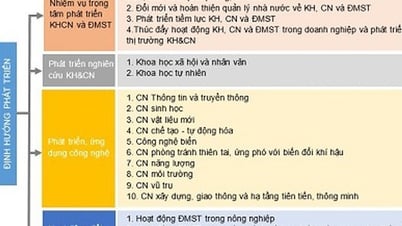










Comment (0)